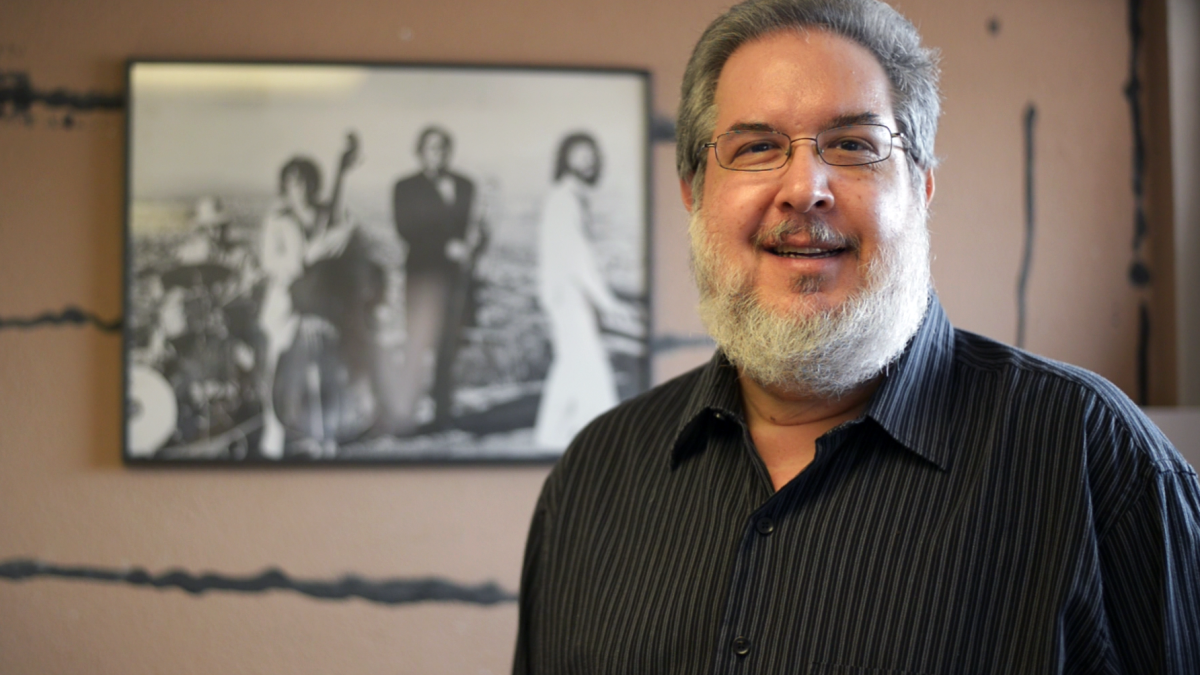New course pays tribute to legendary women in music industry

It’s no secret that men like Keith Richards, John Lennon and Frank Sinatra are the first to be mentioned when talking about the evolution of music. But what about women like Joan Jett and Tina Turner, who are equally responsible for putting rock and roll on the map?
This spring, an online course titled "Women Who Rock" will right that wrong by paying homage to the ladies who are often overshadowed in the male-dominated industry. The list of 90 artists includes Etta James, Janis Joplin, Donna Summer, Gladys Knight, the Go-Go’s, k.d. Lang, Amy Winehouse, Alanis Morissette, Cher and Beyonce Knowles.
“When narrowing down the list, I was looking for things that make the artist unique beyond looking good or selling records. What did they contribute to a time period in music? Do they have longevity?” said Mike Shellans, professor in the School Music within the Herberger Institute for Design and the Arts at Arizona State University.
While he plans to keep his opinions to himself, Shellans says he is excited to have students voice their opinions about each artist.
“There are those like Avril Lavigne who spark controversy because some people love her and others don’t. I also use odd examples for each artist, like Mariah Carey’s cover of “All I Want For Christmas” and Whitney Houston’s cover of the Star Spangled Banner. You can’t listen to that song without tearing up, and it really shows off her pipes,” he said.
The larger issue that arises in the course is why women are not receiving the same credit as their male counterparts. According to Shellans, it is a social and historical problem.
“To be a female in a band in the 1950s was an anomaly. Female artists in general were ripped royally by record labels. Their male counterparts had things like production costs built into their contract. Women had to pay for everything out of their salary.”
Furthermore, women were often seen as replaceable. The Supremes easily switched out Florence Ballard for Cindy Birdsong. They also toured without lead singer Diana Ross at one point.
Shellans feels that music executives strongly followed the belief that sex sells. Those who had musical talent but didn’t necessarily have the “looks” wouldn’t get promoted, whereas male singers just needed a hint of talent and strong following.
“Mick Jagger was once called the ugliest man in rock and roll, but The Stones were still at the top of the charts. Same with Bob Dylan. He wasn’t the greatest singer, but he had Joan Baez to accompany him and enhance his vocals.”
Shellans certainly isn’t a stranger to teaching such a course. He also instructs classes on Elvis, The Beatles and The Beatles' solo careers, after the group split. (Seriously, that’s his job.) Through the use of multimedia, he is able to delve into what made their careers succeed, decline and leave a legacy that resonates today. He also shares interesting facts that many do not know. For example, The Beatles could not read music when they started. They learned new chords visually and by ear.
Before he arrived at ASU, Shellans was making a living as a professional trombone player. He played with legends such as Natalie Cole, Bob Hope, the Temptations, Motown, Sammy Davis Jr. and George Burns. When a shift in popular culture skyrocketed rock bands to the top of the charts, jazz musicians like Shellans began having a hard time landing gigs. Soon after, he made the transition to ASU, where he has been educating students on music throughout the ages.
Interested in learning more about the courses mentioned above? Visit the spring 2014 course schedule now.